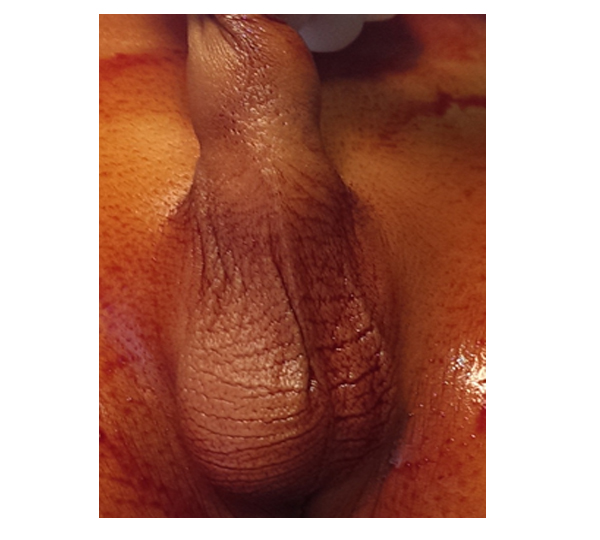
WHAT IS UNDESCENDED TESTIS?
The testes start developing high in the tummy near the kidneys. At about 2 months before birth they start moving down and rest in scrotum. If this doesn't happen the testis is higher than its location and is called Undescended Testis, generally happens on one side but can be bilateral.
If the testis doesn't come down by 6 months age, it needs to be brought down by operation.
HOW COMMON ARE THEY?
This condition is more common in premature babies. Around one in 20 male babies is born with an Undescended testicle. In about one in 70 cases, the testicle remains Undescended.
HOW ARE UNDESCENDED TESTICLES TREATED ?
Surgery is the only option. It is best treated in early childhood, usually between 1 and 1½ years of age. Delay in surgery causes loss of function of testis.
WHAT ARE THE RISKS IF THE OPERATION IS NOT CARRIED OUT?
If testis is not brought down to its environment, it carries risk of
- Damage to testicular function, especially spermatogenesis, which is important for fertility.
- The testis high in abdomen carries risk of cancer.
- The testis can undergo twisting (Torsion), which is an emergency condition and if not treated on time will lead to testicular loss.
WHAT IS AN ORCHIDOPEXY?
This is an operation to bring the testicles down from the abdomen to their usual place in the scrotum. This is a short operation under general anaesthetic, lasting about 45 minutes. Sometimes the operation needs to be done in two stages about six months apart. In many cases, the operation(s) can be done as day surgery your child will arrive at the hospital, have the operation and be able to go on the same day. Occasionally, a child will need to stay in hospital overnight.
WHAT DOES THE OPERATION INVOLVE?
The orchidopexy can either be carried out using open surgery or keyhole (laparoscopic) surgery, depending on the position of the testicle. While your child is under general anaesthetic, the surgeon will move the testicle down into the scrotum, and close up the passage through which the testicle should have travelled, to stop the testicle moving back into your child's abdomen.
On rare occasions, the surgeon will find that the testicle has not formed properly or has been damaged while in the abdomen. If this is the case, he or she will remove the damaged testicle and might secure the healthy one in the scrotum to ensure your child's remaining testicle remains in place and can develop in the normal way.
WHAT IS THE OUTLOOK FOR CHILDREN WITH UNDESCENDED TESTICLES?
When the undescended testicles are treated in early childhood, the outlook is good. Your child will have normal fertility levels unless there were problems with the testicles themselves. If a damaged testicle was removed, leaving one healthy testicle, this should not affect your child's fertility levels in later life to any great degree.

